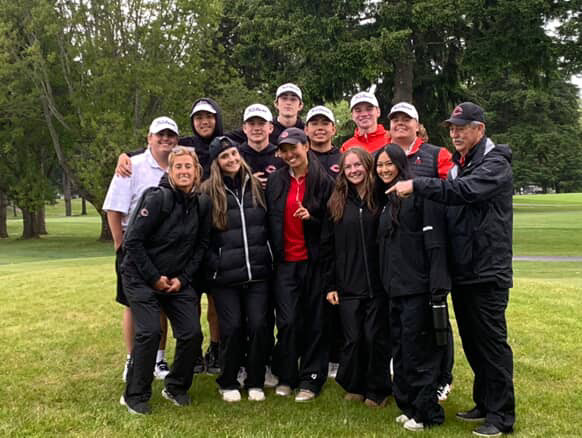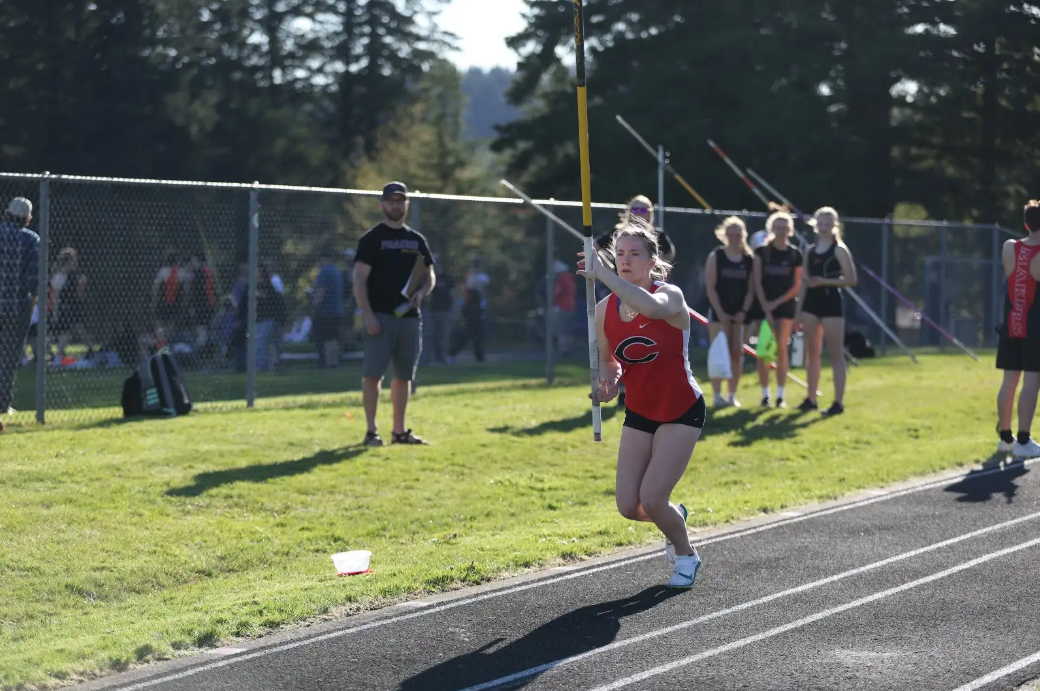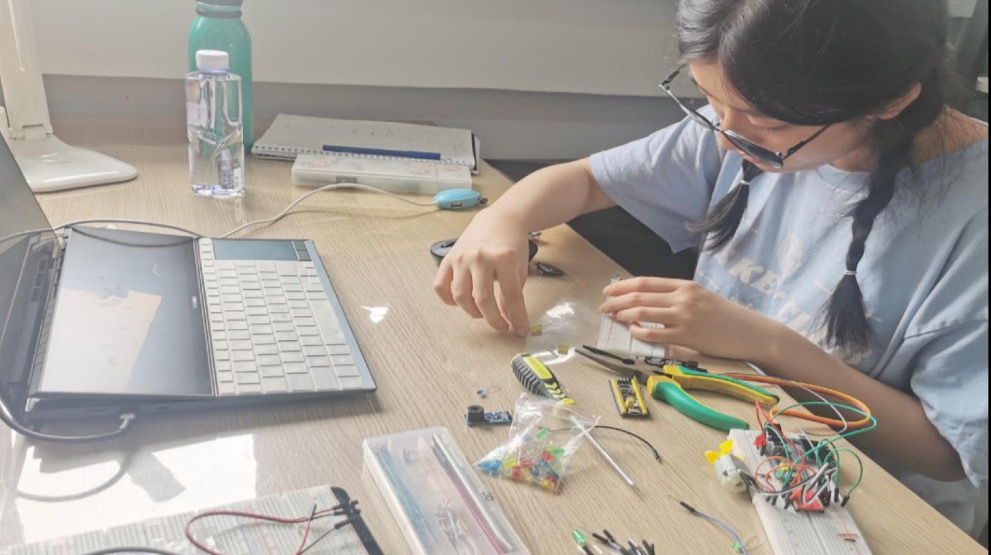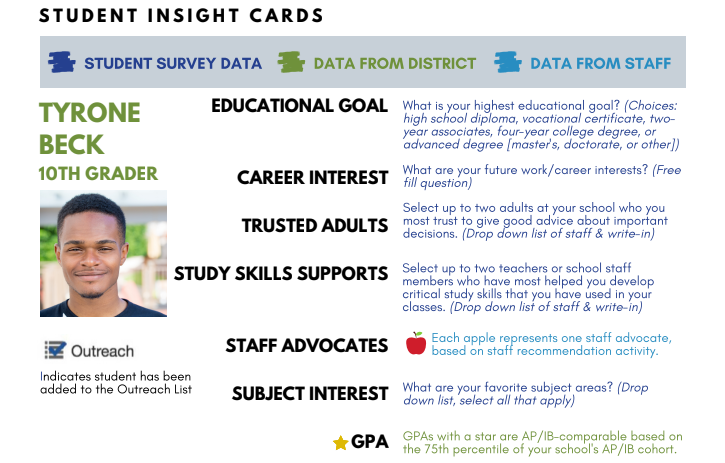Taking the Pulse On Equity at CHS
November 18, 2021
Camas High School is home to many advanced classes, ranging from Advanced Placement (AP), College in the Classroom, and career and technical education (CTE) tech-prep. Students across the school take advantage of these opportunities; however, CHS leaders say students of color and low-income students are enrolled at a lower rate. So, they hope to pinpoint these disparities in an equity survey supplied by Equal Opportunity Schools (EOS) and fix the problem.
Last year CHS applied for a grant through the Washington Office of Superintendent of Public Instruction to address equity in the school. It aims to expand dual-credit programs.
Associate Principal Brian Wilde said, “Our grand focus is on increasing participation in communities that historically have been underrepresented in the programs.”
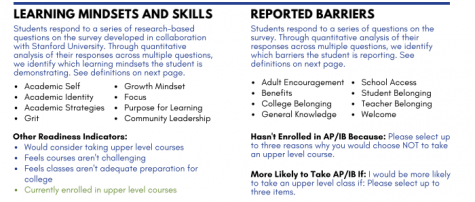
The survey will take students about 45 minutes, with all questions being free responses in order to hear their true thoughts.
The survey wants to target specific students, like females in STEM courses, students of color in dual-credit programs, students experiencing poverty, and students with disabilities.
“What this survey hopes is that every student gets an opportunity to communicate. If you don’t participate in any of those dual credit programs, what barriers, what keeps you from wanting to participate?” he said. “Maybe it’s ‘I don’t have any of my friends and any of those classes’ or, to some degree especially kids of color in CHS maybe ‘I feel like I walk into an AP classroom. I don’t see any kids who look like me.’ We just really want to solicit that feedback from students as well as teachers.”

From Nov. 17 until Dec. 14, CHS leaders hope they will be able to get 90 percent of students’ responses, and they are already working on what they will do to evaluate this data and enact change in CHS.
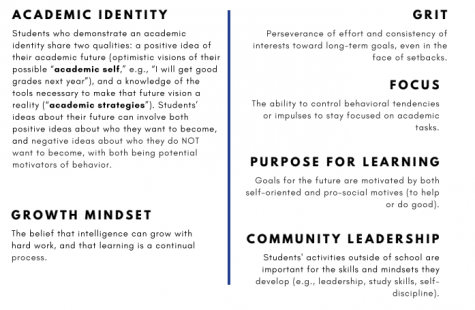
Although Administration is hopeful for a change in the very near future for CHS, many are dubious of the success of the survey.
President of the Black Student Union Sophia Wade said, “I wish I could be optimistic that this survey will change things at CHS, but I truly doubt it. I personally don’t believe that all of CHS’s issues revolving around equity can be boiled down to one simple survey and the results may end up pointing to the wrong areas of concern.”
However, Wade does believe there is potential within the survey. “I think that this survey has the potential to enact change if the data is properly interpreted. I don’t believe some simple statistics from a survey necessarily have the power to enact change but I do believe that the results can indicate what needs improvement regarding equity within the district,” she said.
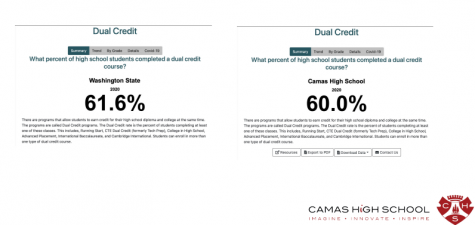
Wade suggests further ways of creating a more equal and equitable environment within advanced courses, like incorporating more diversity-inclusive literature.
“Typically, the ‘classics’ that we read in our classes are written by white men… this lack of diverse perspectives limits our education. Increasing the diversity of our authors exposes Camas students to stories from different perspectives, allowing them to be more educated on various points of view.”
Other students within these targeted groups share similar thoughts.
Magnet student Melodie Chiu said, “I think an equity survey would help gauge overall opinions but in terms of advanced classes or dual credit, those who want to will take advantage of those opportunities regardless of being a minority.”
Magnet student Rosie Kuhle said, “Personally, I don’t know how helpful it would be because I think that all students at CHS are already encouraged to challenge themselves. The staff encourages all students to push themselves, including POC/minorities/women in STEM, so I’m not sure what else they can do to encourage people. As a female at CHS, I have never felt pressured not to take an advanced class because of my gender or race.”
Either way, the EOS survey will serve as a helpful benchmark to track data within classroom trends. Enacting true change will be found in the actions administrators take as a result of the data they collect.


